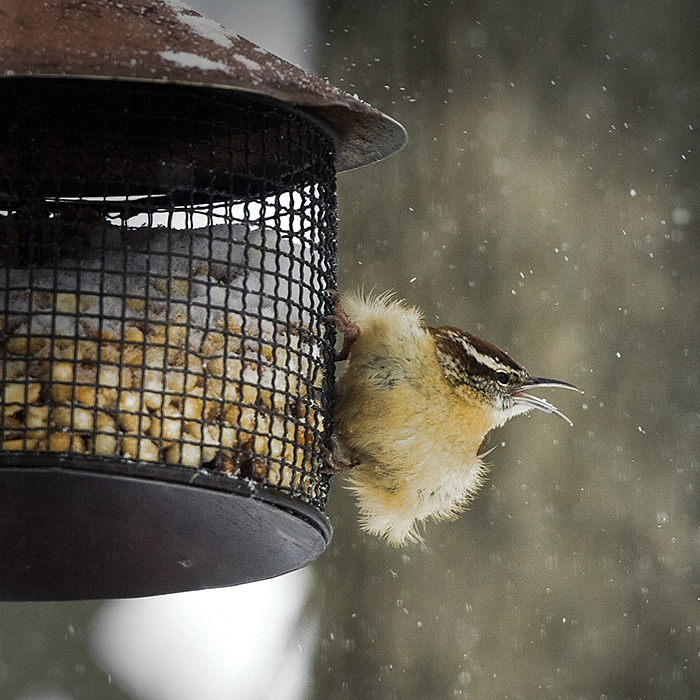
Marc Apfelstadt is a great resource for useful tricks on attracting and photographing wildlife. We’ve written about him on the blog before. Check out the article if you’re interested in building a bird paradise.
Marc’s passion is birds, but most of the tips below will work for other small wildlife as well. Thanks for sharing, Marc!
—
-
Plant leaves with holes are a good thing. It means insects – one sign of a healthy habitat.
-
For feeding birds directly on the ground, lay a board down first. Spread seed sparsely on the board and the ground surrounding it. This trick elevates visiting birds just enough to be visible, and not buried in the grass.
-
Trim trees and shrubs strategically. Allow openings for shot opportunities – this is especially important with dense plant species.
-
Birds eat at different heights. Place feeders accordingly and be mindful of which seeds are appropriate. Sunflower, both hulled and not, shelled peanuts, and white millet are all popular feed choices. Thistle attracts goldfinches. Don’t worry, the thistle in the stores is infertile, stray seeds won’t take over your yard.
-
Moderate or stop using chemical fertilizers or pesticides around your natural area. They often kill the insects that are food for bird species.
-
Plan to shoot from the east in the morning and from the west in the afternoon. Dawn and late afternoon are the most active times for birds.
-
Don’t be afraid to shoot through a clean window. It’s better to grab the shot than miss the chance. If you can, leave a camera and tripod at the window.
-
If available, take in a dead tree branch and drill 1”-diameter holes. Fill the holes with suet or peanut butter, then hang it back up. It will attract woodpeckers, flickers, and other nut-eating birds.
-
Use burst mode and auto-focus. Birds are always on the move and won’t sit still for your shot!
- Protect your feeders. Squirrels are cute, but they quickly become a nuisance. Squirrels can jump up to 5 feet in any direction–plan your bird feeder placement accordingly. Bait them away from your bird feeders with peanuts in the shell or use baffles on poles or above your feeders.
—-
Below are a couple of shots from Marc. For more, check him out on Flickr.
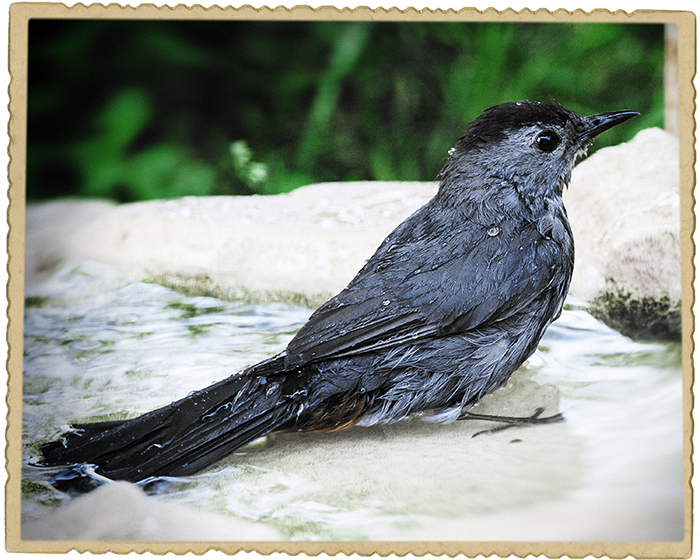
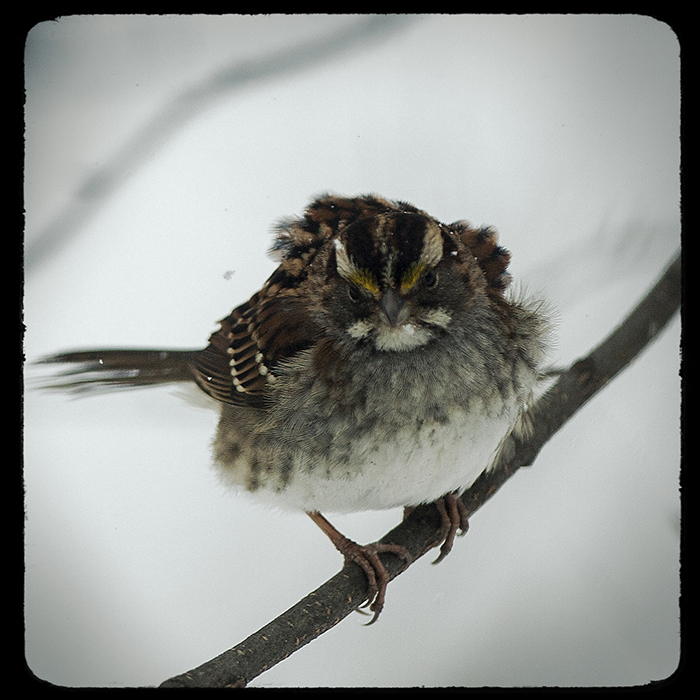
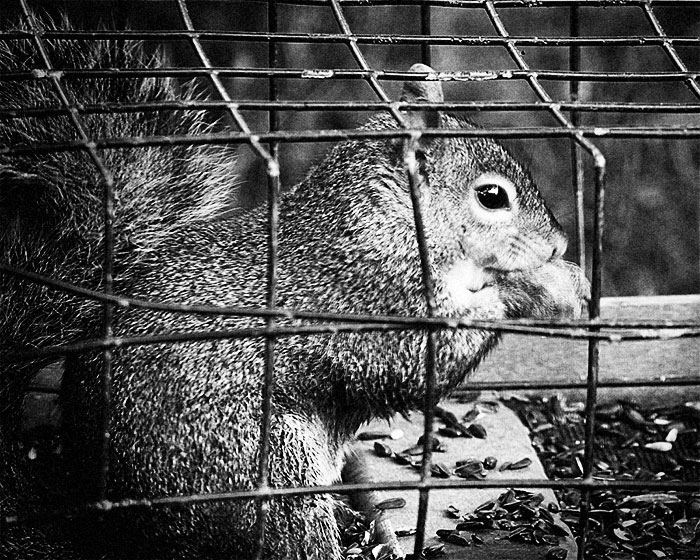
Try Exposure Today







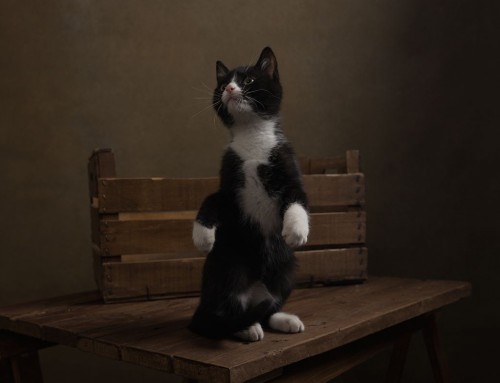


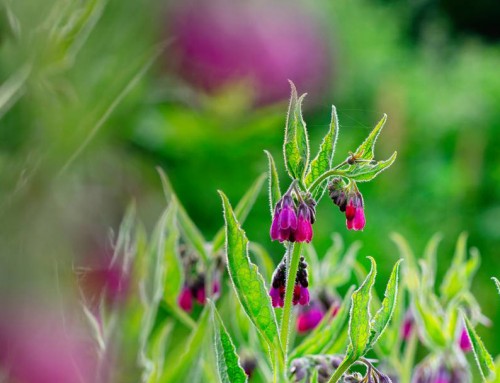
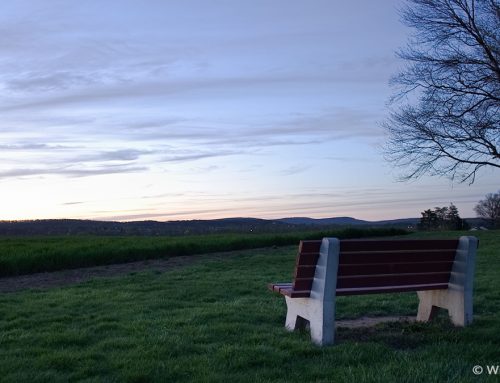

Thanks for the tips Jimmy!
I love all four photos & have them all in my yard too. I particularly LOVE Carolina Wrens… their cheerful, funny calls and hilarious behavior(s) just really make me smile. I even find myself grinning WAY early in the morning when ever one perches outside the bedroom window and starts up their ridiculous for their size songs and calls (believe me, that’s a small miracle in itself). Thanks again & God Bless! :o)